
We've been flying a bit recently... In the end a little motivation once in a while can't hurt. Keeps you focused on where we want to be when done.
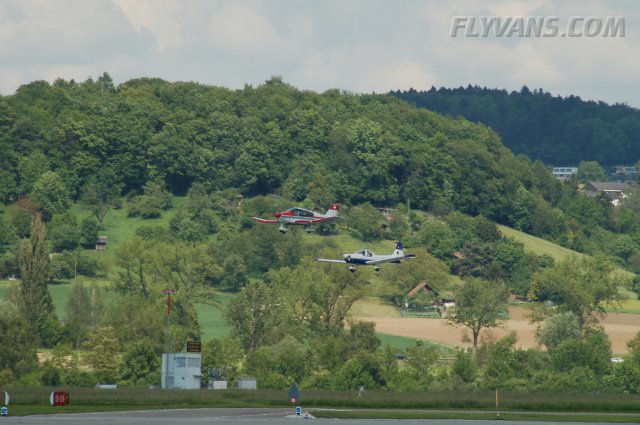
Too bad we don't have 2 RV-7A's flying yet... So for now, club airplanes will have to do.
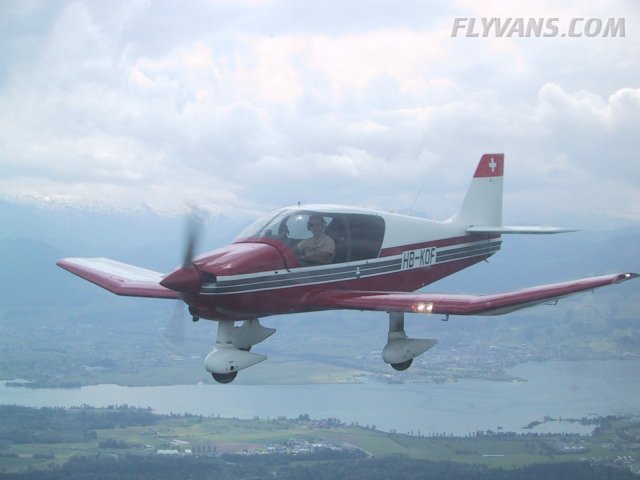
As we get close to the fuel system, we started with some practice parts... Getting a grip on the tools, bending tubes and making flares requires some practice.
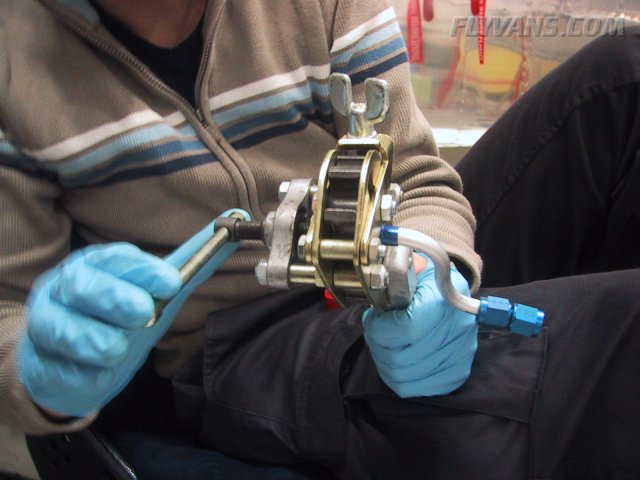
This part is a mere sample... We were looking for minimum radius and a short distance between flares and bends.
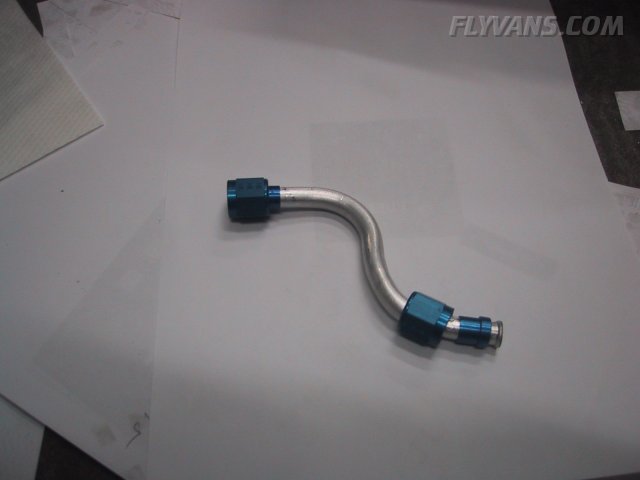
There's only few interior covers waiting for installation yet.
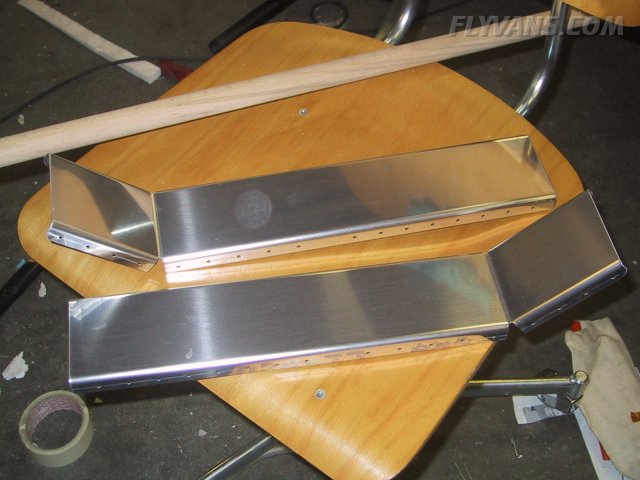
Building the center tunnel cover.
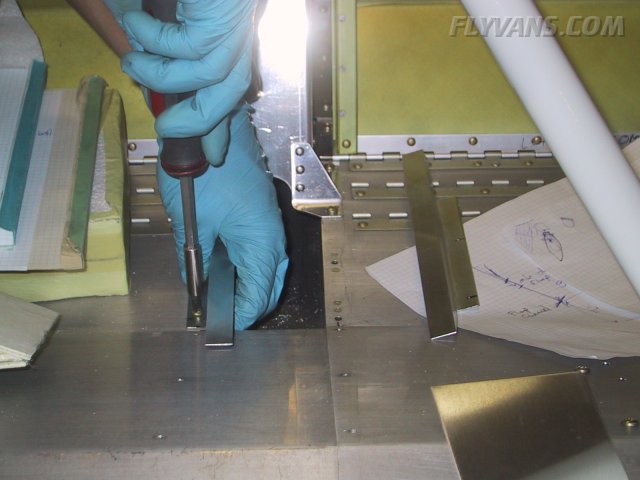
In the tunnel, there will be the elevator pushrod connecting to the control stick, which must be protected of course.
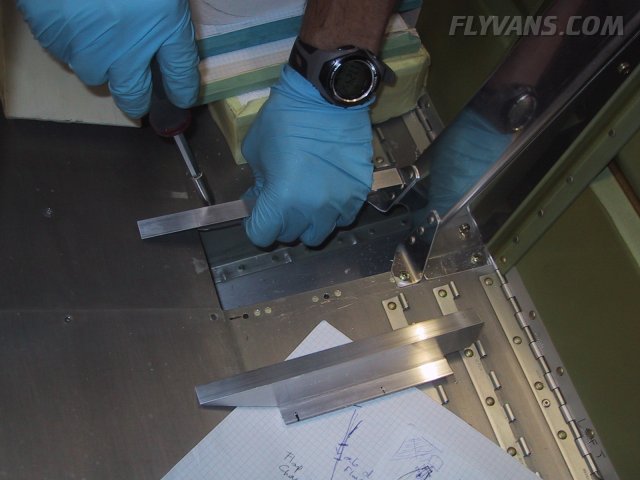
Above, the center console armrest will lead from the flap channel to the throttle quadrant. The space in between remains open and can be used for storage.
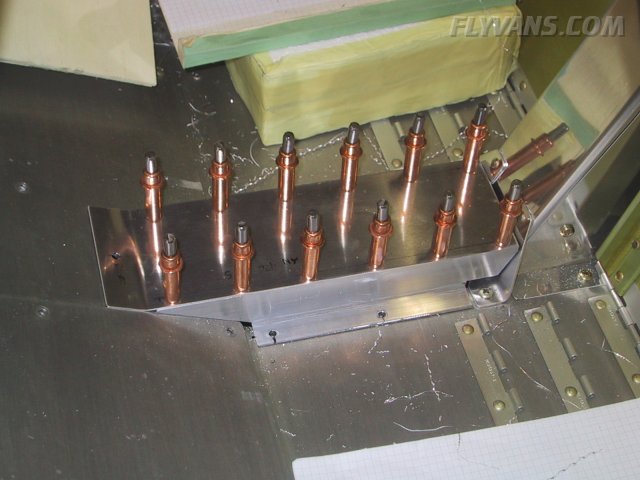
Starting with the Airflow performance fuel pump / filter assembly. As we design our fuel system with a full return system, a duplex fuel selector from andair (with control extension up to the center console) is used. This piece is worth about $700!! A simple feed system would be much cheaper and easier to build, but we want to be ready for other fuels when they come along. Retrofitting a return system would be a much bigger pain. The problem with most car fuels and diesel is vapour pressure. When the fuel gets warm, outside air pressure is low at altitude and/or suction applied, then the fuel can start to boil. The resulting bubbles of air will lead to the pumps running empty / fuel injection system malfunctioning. This phenomenon is called vapour lock. By keeping a constant flow and the pumps on the cabin floor, this problem can be eliminated. Warm fuel from firewall forward gets mixed again with cold fuel in the tanks and head pressure on the pump is pretty good as it is close to the tanks.
The mount for the valve is custom design, 1/4" inside diameter AL tubing spacers and 4x AN3-31A bolts.
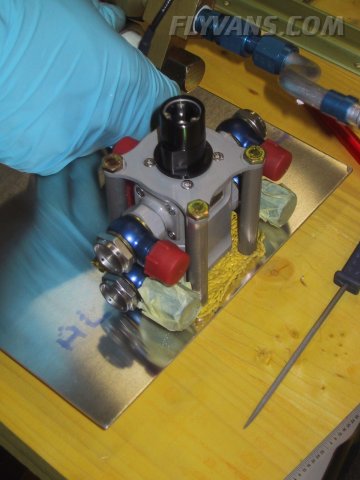
The Airflow performance components. The golden tube is the fuel filter, the silver tube with the golden manifold the electrical fuel pump assembly. The engine itself has another mechanical fuel pump, so this is backup only. Now everything will be mounted to this plate and connected with aluminum tubing. Note that you will need clamps from spruce as these are not included with the kit. WDG26 for the filter, WDG28 for the fuel pump.
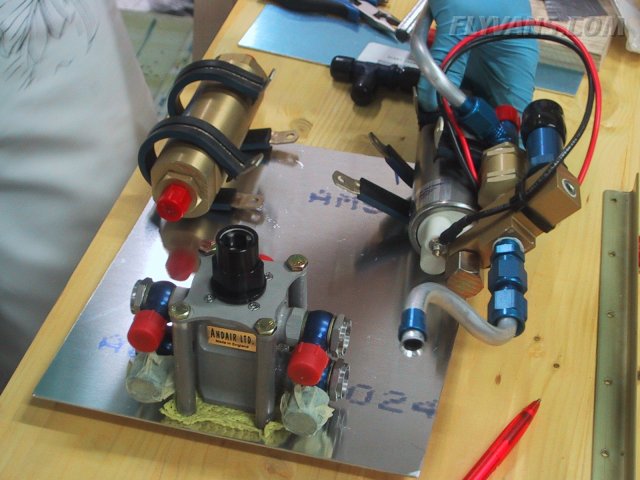
This is to illustrate how the assembly will be mounted to the cabin floor. 2 Angles are riveted to the floor longerons and then the plate screwed onto the angles with nutplates. The piano hinge will be riveted to the plate and span the whole edge. It will be used to eventually attach the cover. As with the center console, we had to put in much of our own ingenuity as there are no definite plans for exactly this application.
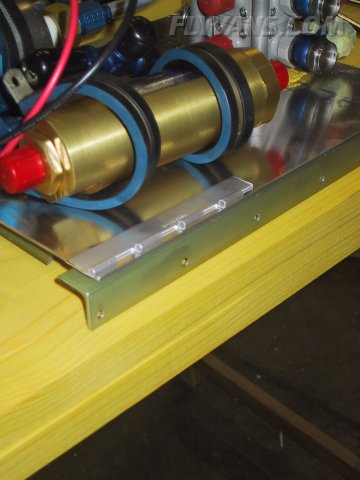
Removed the interior. The fuel pump assembly will mount in the center close to the spar.
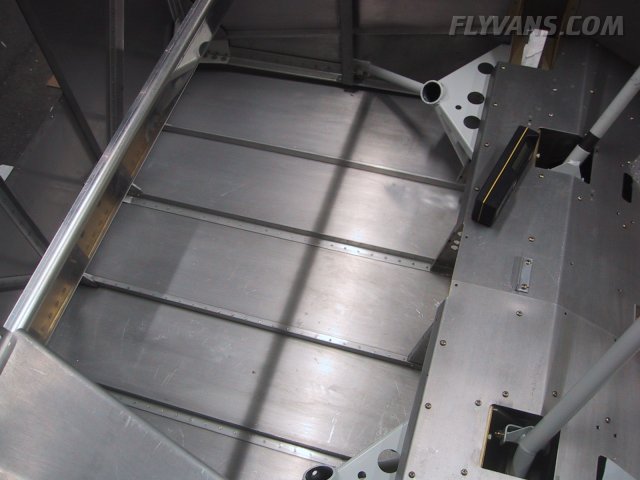
The plate has yet to be primed.
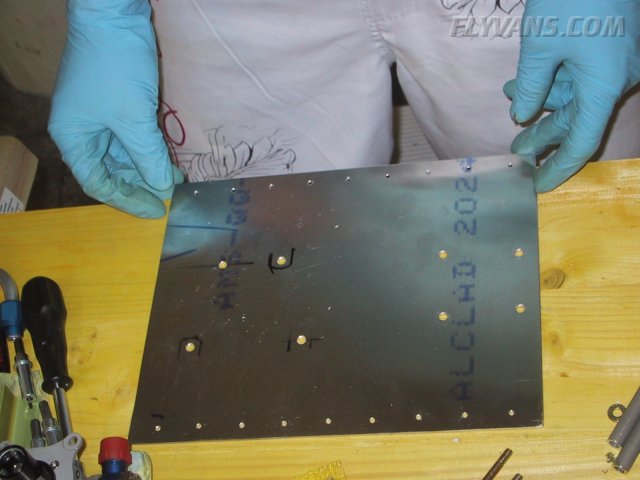
On to the vent lines. Surprisingly easy to do.
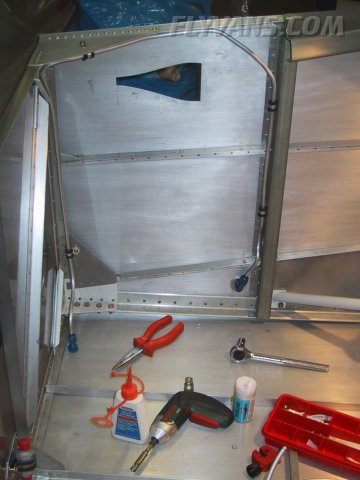
And a custom bracket for the parking brake valve. This is another custom part, direct replacement for the standard tubing to hose bracket. A small angle limits travel of the lever and a spruce 05-16245 CABLE "B" NUT CARB HEAT will attach the bowden cable to the lever.
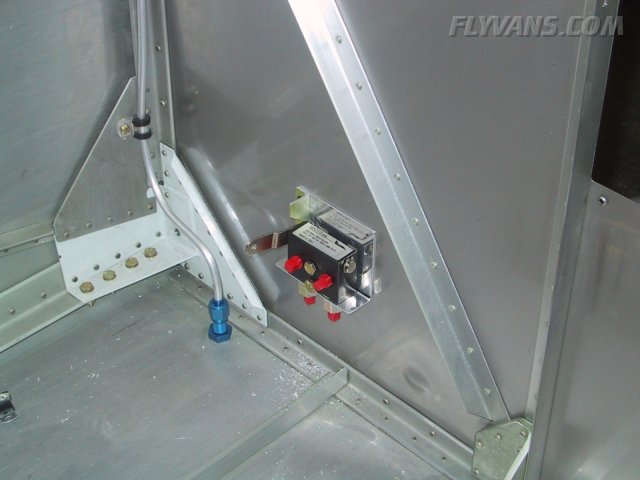
Left side vent line done as well... We have done the 45° slant cut on the vent line entrance, but have yet to tidy it up and cover it with a piece of screen.
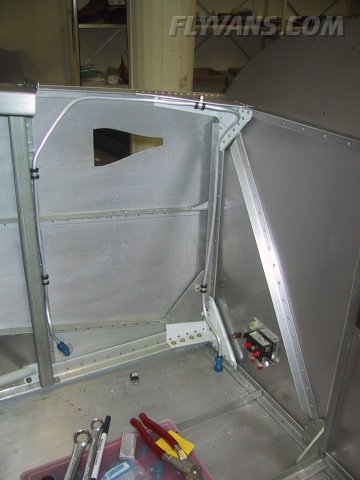
The parking brake valve attaches to the firewall with 2 bolts.
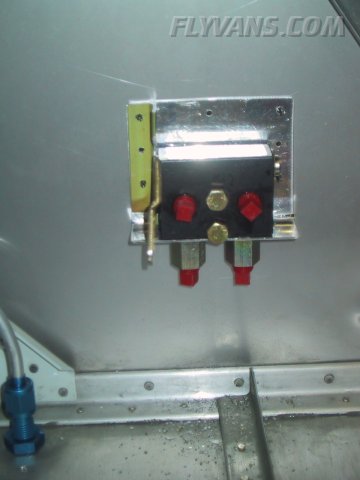
This is only a symbolic installation, but this andair check valve will mount in the return line somewhere near the firewall... This prevents potential reverse flow on the return line.
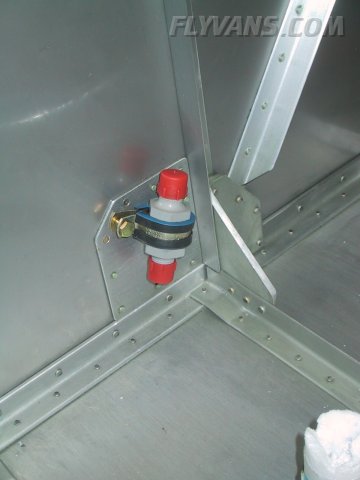
The AOA system requires a flap switch to be installed somewhere. The box has two datasets, one for flaps extended and another for flaps up... Of course there's a transition range, but this is taken care of by a conservative indication.
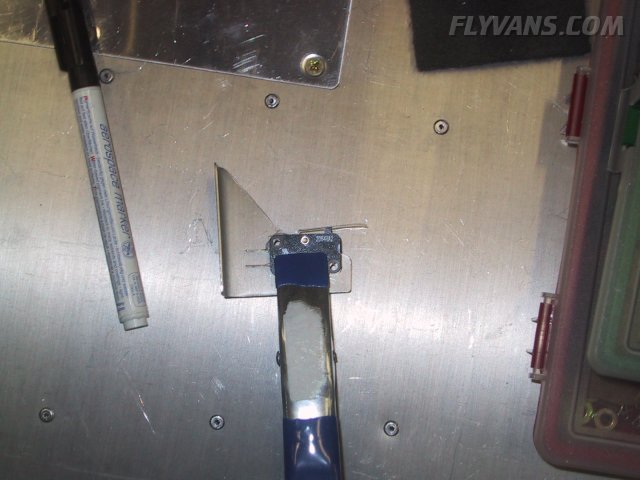
A simple and lightweight bracket will be riveted to the F705 bulkhead.
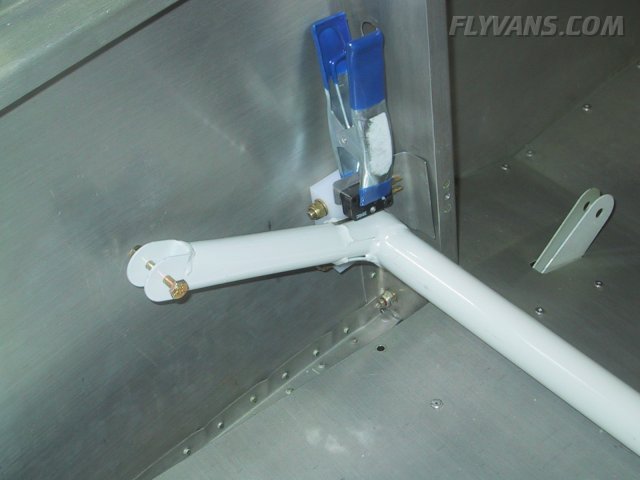
|

